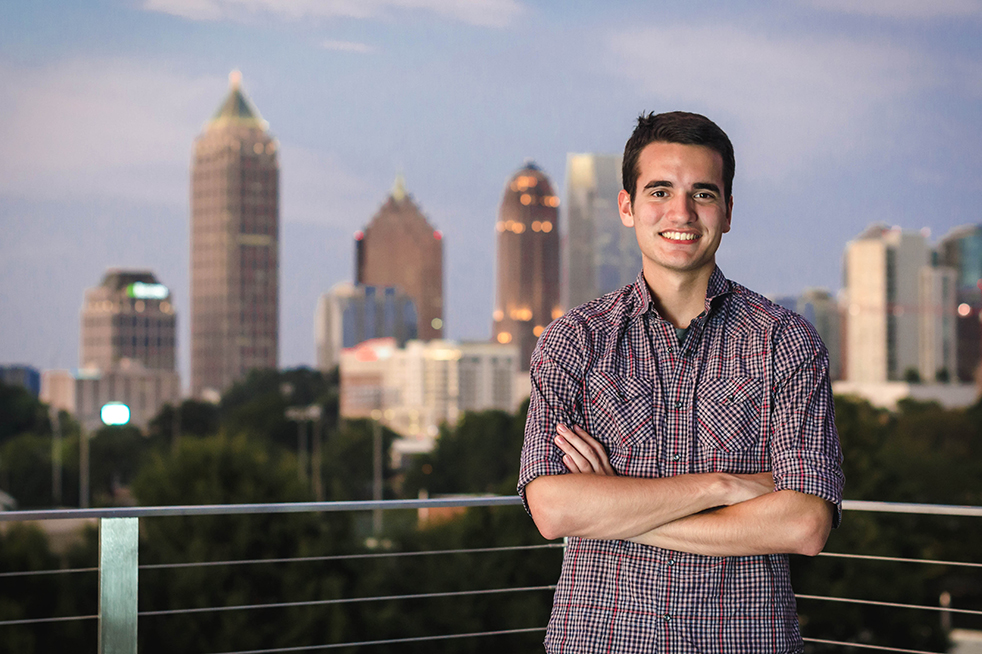If you’ve had access to the internet at any point in the past few days, you are probably more than aware that Marvel has decided to reveal its entire third phase of films.
Nine new entries into the Marvel Cinematic Universe, beginning with the third round of Captain America in 2016 and extending all the way into the summer of 2019 with the fourth Avengers film. In case it is not completely obvious by now, the superhero franchise relies heavily on sequels to extend its storylines and keep the virtual tsunamis of cash flowing.
And for good reason too; sequels often equal or surpass their predecessors in terms of box office, and Marvel has only increased in popularity as the years have gone by.
Therefore, I would like to examine what exactly can make a sequel succeed, and conversely, what can doom it to become an infamous cinematic turd.
In 1995, the world was rocked with the release of Pixar’s debut film, Toy Story. The animated film dealt with themes of culture clash, abandonment and redemption. It was sweet and pretty. I liked it. In 1999, the inevitable sequel was released. It also dealt with themes of culture clash, abandonment and redemption, it was pretty and sweet, and I absolutely loved it. What can possibly explain this sudden hike in my approval for the series? Basically, Toy Story 2 did what all good sequels do; it played to the strengths of the original without relying on repetition, and was unafraid to play with the dynamics between its characters. The first film introduces us to the varied and uniquely appealing toys of Andy’s Room, but what about the toys out there in the rest of the world? The sequel is unafraid to expand its scope drastically and answer this question.
Decidedly more enormous and interconnected franchises like Marvel can be hit-or-miss when it comes to second (or third, or fourth) installments. Installments like Iron Man 2 and Thor: The Dark World are commonly considered to belong on the unsatisfactory side of the spectrum because they are, in short, forgettable.
The worlds are not greatly expanded or further explored, reliance on popular aspects of previous films is clearly present and characters exit the films in roughly the same mental and physical shape that they entered. On the other hand, films like Captain America: Winter Soldier experiment with character development and incite permanent changes that are not instantly resolved by the end of the film, but instead have lasting consequences for the franchise as a whole.
In other words, good sequels are unafraid to take risks or introduce characters that may drastically alter the flow of the series. The Dark Knight sees the Joker murder Batman’s girlfriend. The Two Towers introduces Gollum, a despicably contorted character that adds an entirely deeper layer of moral complexity to the series. The Godfather Part II alternates between two entirely separate timelines. All of these sequels and more have received critical acclaim for not only building upon previous installments, but also for carving out and shaping their own narrative material.
Marvel is definitely within the central ring of the movie industry these days, and has been for many years. If sequels continue to be a prevalent characteristic, then I have one bit of advice: take chances.
